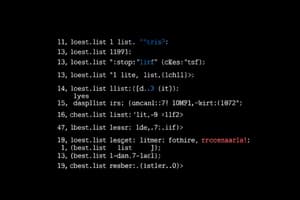Podcast
Questions and Answers
What is the gradient of the scalar function $f(x, y, z) = 3x^2 + 2yz$?
What is the gradient of the scalar function $f(x, y, z) = 3x^2 + 2yz$?
- $\nabla f = (6x, 2z, 2y)$ (correct)
- $\nabla f = (3x, 2y, 2z)$
- $\nabla f = (6x, 2y, 2z)$
- $\nabla f = (3x, 2z, 2y)$
What does the divergence of the vector field $F = (3x^2, 2y, z^2)$ evaluate to?
What does the divergence of the vector field $F = (3x^2, 2y, z^2)$ evaluate to?
- $\nabla \bullet F = 6x + 2y$
- $\nabla \bullet F = 2 + 2z$
- $\nabla \bullet F = 2 + 2y$
- $\nabla \bullet F = 6x + 2z$ (correct)
What is the curl of the vector field $G = (xy, 2z, x^2)$?
What is the curl of the vector field $G = (xy, 2z, x^2)$?
- $\nabla \times G = (0, 0, 2)$
- $\nabla \times G = (0, 0, 1)$ (correct)
- $\nabla \times G = (0, 2, 0)$
- $\nabla \times G = (2, 0, 0)$
What is the formula for the gradient of a scalar function?
What is the formula for the gradient of a scalar function?
How is the divergence of a vector function defined?
How is the divergence of a vector function defined?
State the formula for the curl of a vector function.
State the formula for the curl of a vector function.
What is the Gauss Divergence Theorem and how is it applied?
What is the Gauss Divergence Theorem and how is it applied?
How are line integrals, surface integrals, and volume integrals related in vector calculus?
How are line integrals, surface integrals, and volume integrals related in vector calculus?
Flashcards are hidden until you start studying





